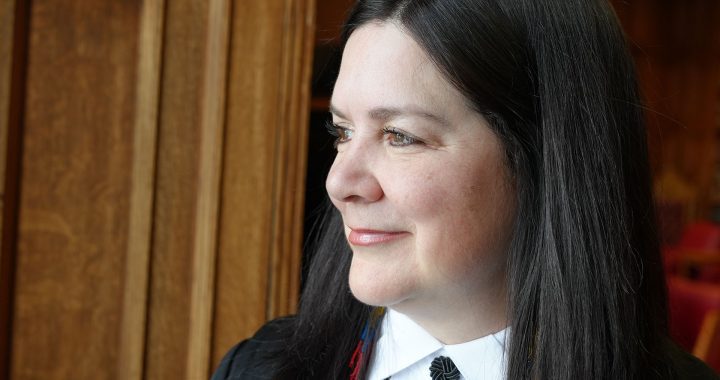The Trudeau government has introduced legislation that allows for greater Indigenous participation in the designation and protection of federal historic sites.
“This will be the first legislation of its kind in Canada and will result in a stronger voice for Indigenous peoples in determining the people, places and events that are of national historic significance in Canada,” Environment Minister Stephen Guilbeault says.
Among other things, Bill C-23 will add three new positions to the Historic Sites and Monuments Board of Canada allowing for First Nations, Métis and Inuit representation.
Guilbeault says the new legislation builds upon some of the current work that is already going on including the signing of agreements between Indigenous communities and the government to co-manage national parks.
“Parks Canada is already working with Indigenous communities across the country to adopt some historical sites, to add some elements about the history, culture of Indigenous peoples in this country.”
The 2021 federal budget provides $28.7 million over five years and another $5.8 million ongoing for the new legislation which covers 300 federally owned historic places.
There are more than 300 federal historic places in Canada but it is the only G7 country without legislation to protect them.
The Historic Places of Canada Act intends to change that, while also fulfilling a Truth and Reconciliation Commission calls to action to include Indigenous Peoples in the decision-making around which sites are designated as historic and how they are protected.
The act also includes Indigenous knowledge as one of the sources of information the board must rely on when making its recommendations, along with community, scientific and academic knowledge.
Canada’s historic places include everything from famous lighthouses like the one in Peggy’s Cove, Nova Scotia, to military forts, canals, museums, and the homes of former prime ministers.
Most of the buildings on Parliament Hill, and 24 Sussex Drive, the official home of the sitting prime minister that is currently not considered safe to inhabit, are also on the list.
Guilbeault says the bill ensures for the first time that all Canadian historic sites are “protected by legislation and any changes to the sites would require that Parks Canada be consulted in order to preserve their heritage value.”
He says the bill is also “an important step in advancing the government’s commitment to recognize Indigenous history and to implement the calls to action from the Truth and Reconciliation Commission of Canada.”
Call to action No. 79 from the TRC requested that the Historic Sites and Monuments Board of Canada include First Nations, Inuit, and Métis representation and that Indigenous history, heritage values and knowledge be incorporated into decisions about commemoration.
The existing Historic Sites and Monuments Act outlines in more vague terms than the new bill how the minister can both designate and mark the existence of historic sites and sets up the advisory board.
The new bill repeals that existing legislation and expands upon it immensely, including more specific requirements to protect and conserve the heritage value of historic places, undertake scientific studies to understand and defend against threats to the sites.
In addition to the three Indigenous representatives, the advisory board will continue to have one member for each province and territory and a member from Parks Canada. But instead of appointing Canada’s chief librarian and archivist, and someone from the Canadian Museum of History, the board can appoint two members from any federal institutions with relevant expertise.
With files from the Canadian Press










